According to data of the National Association of Pet Food Manufacturers of Spain (ANFAAC), the Spanish pet food industry reached 1.955 bn euros last year, 14.5 per cent more than in 2022 (1.708 bn). In accordance with intermediate results for 2024, the growth is continuing this year. Spanish households spend 3.000 euros annually on caring for their pets.
According to ANFAAC, which brings together 90 per cent of the Spanish pet food sector, the market is not growing strongly in volume terms, estimated at around 1 to 2 per cent per year. In 2023, the industry reached 561 305 tonnes in volume terms.
In terms of market structure, dogs will be the largest category in the Spanish pet food market in 2023, with a market value of 1.23 bn dollars, according to data from the international research agency Mordor Intelligence and some independent local analysts. This dominance is due to their large population in the country, accounting for around 36 per cent (10.1 mio) of the total pet population.

Meanwhile, cats hold the second largest market share of the Spanish pet food market, valued at 606 mio dollars in 2023. The main reason for the smaller market size of cats compared to dogs is their smaller population: The domestic cat population in Spain accounted for 22.5 per cent (6.3 mio) of the total pet population.
Local analysts see good prospects for the Spanish pet food sector in 2025. The market is currently the fifth largest in the EU after Germany, the UK, France and Italy. “The industry is healthy and balanced, despite the generally difficult business environment in Spain, caused by the increase in the price of all raw materials, energy, transport and high inflation rates,” commented Santiago de Andrés, Secretary General of ANFAAC.
This year, the industry is showing good growth rates, also driven by the e-commerce segment. According to analysts, the main reason for the industry’s continued growth of the industry is the increasing awareness among Spaniards of the benefits of owning pets, which are now considered full members of the family by the local population.
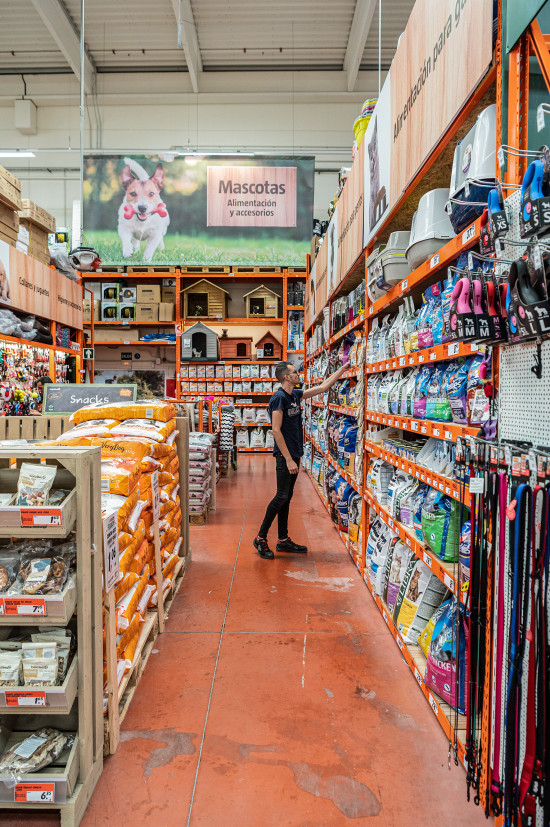
ANFAAC analysts expect that high levels of technological innovation will continue to be one of the…

 Menü
Menü

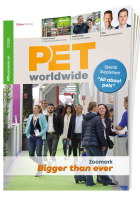



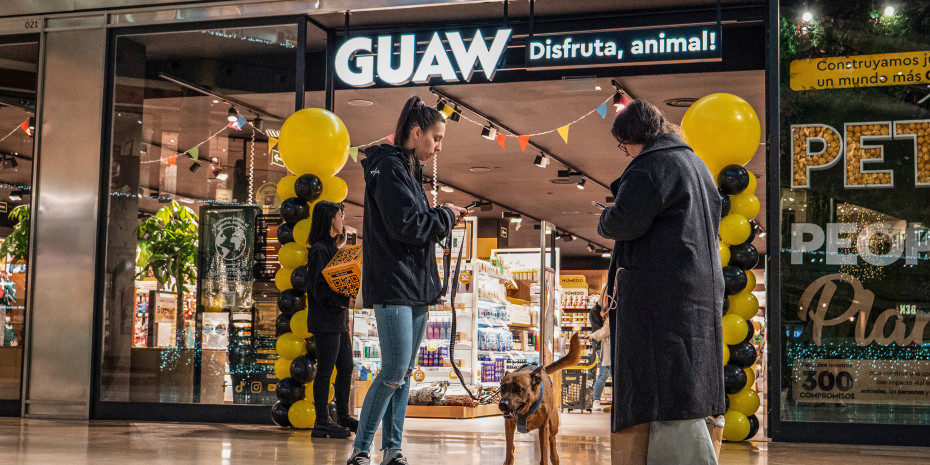



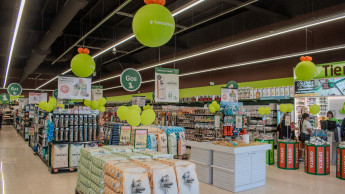
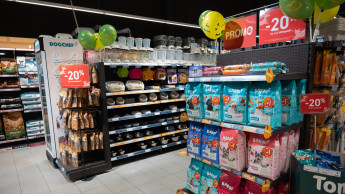



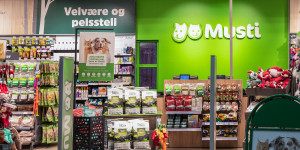





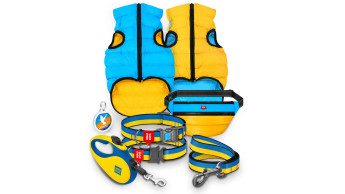
 Newsletter
Newsletter